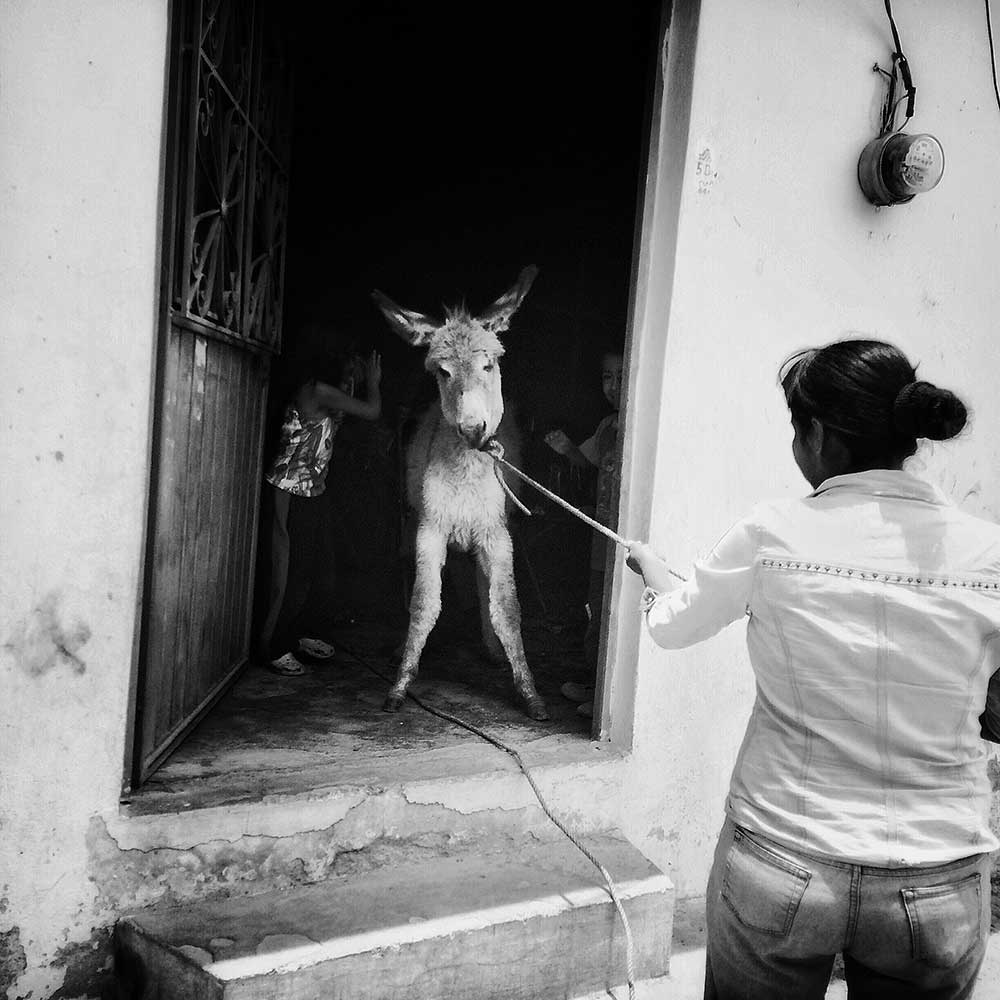
When Ismail Ferdous started his yearlong photographic project documenting the aftermath of the Rana Plaza garment factory collapse in Bangladesh, he turned to Instagram as a way to draw people’s attention to an issue that, he said, concerned all of us. “I didn’t want the world to forget about Rana Plaza,” he told TIME in June.
Now, his work is gaining new attention after it was selected as one of the three recipients of the first Getty Images Instagram Grants, a series of cash prizes given to support stories from underrepresented communities using the photo-sharing app.
Photographers Adriana Zehbrauskas and Dmitry Markov join Ferdous in sharing the three $10,000 grants, which were awarded by a jury that included TIME’s Director of Photography Kira Pollack and photographers David Guttenfelder, Maggie Steber, Malin Fezehai and Ramin Talaie.
“I think the importance of this grant is massive for my project,” says Ferdous. “It took a lot of research and effort to start a project on Instagram with a totally new approach, utilizing photos, stories and audio.”
With the grant, Ferdous wants to expand the project both in its reach and focus, starting with the production of a book. “I also want to connect the dots between the [garment] producers and consumers,” he says. “For example, I recently interviewed and photographed fashion researchers, alternative fashion stores and fair trade organizations in Europe to make the project more dynamic.”
Meanwhile, Zehbrauskas, a Brazilian-born, Mexico-based photographer, will use the grant to finance the continuation of her work on the aftermath of the killings of 43 students from the Ayotzinapa Rural Teachers School in 2014. “Winning this grant is about someone believing in you and in your ideas and giving you the means and support to execute them,” she says.
Russian photographer and charity volunteer Markov hopes to use his winnings to spotlight the plight of orphaned children in his native country. “This grant will enable me to capture more stories and expand the project’s geography,” he tells TIME.
All three photographers chose to share their work on Instagram for its reach – one that extends beyond traditional media audiences. “I don’t think Instagram makes a difference [to] the way I work,” says Ferdous. “Rather, I believe Instagram is the bridge between your work and the audience, which is much larger than say, for example, the people who view your website. Instagram has the power of using visuals at its best on many different levels, from personal to entertainment to social issues.”
The three photographers, whose work will go on show at Photoville in New York city beginning Sept. 10, will also receive mentorship from Getty Images photographers John Moore, Chris McGrath and Andrew Burton.
Olivier Laurent is the editor of TIME LightBox. Follow him on Twitter and Instagram @olivierclaurent
Follow TIME LightBox on Facebook, Twitter and Instagram.
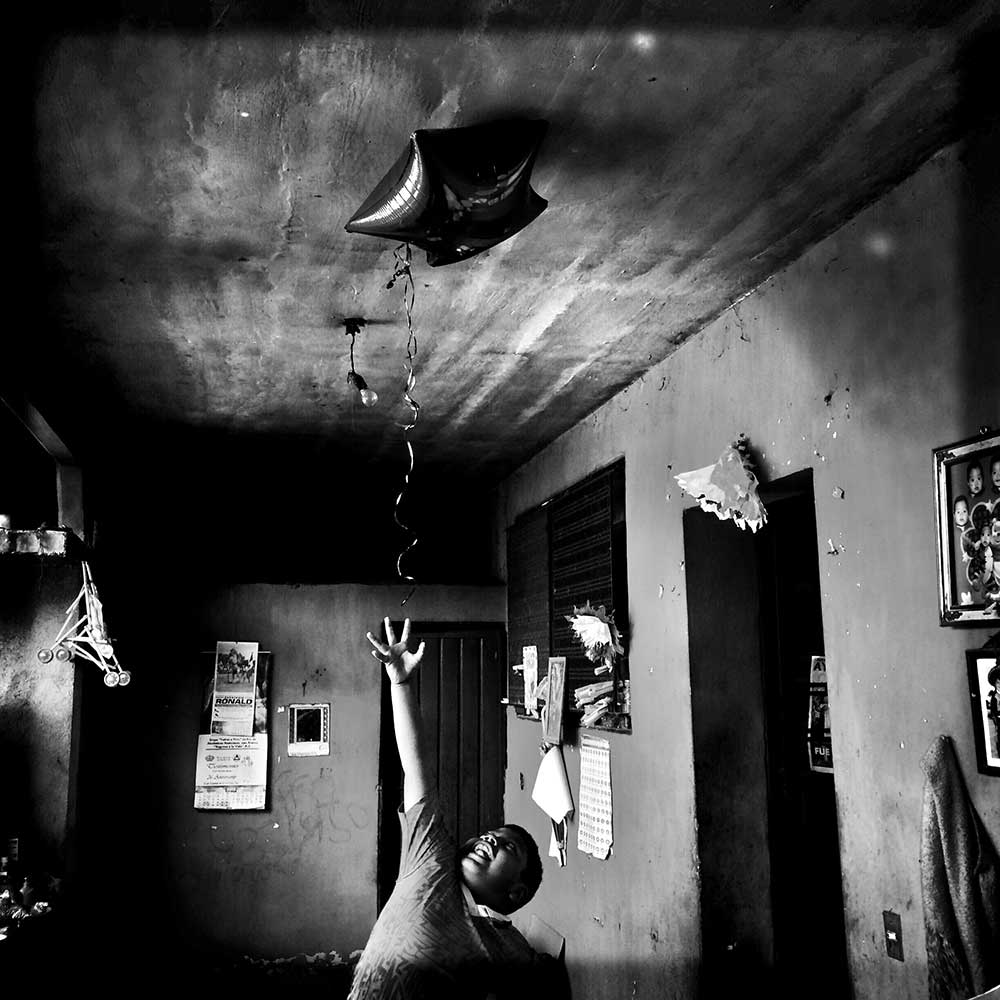


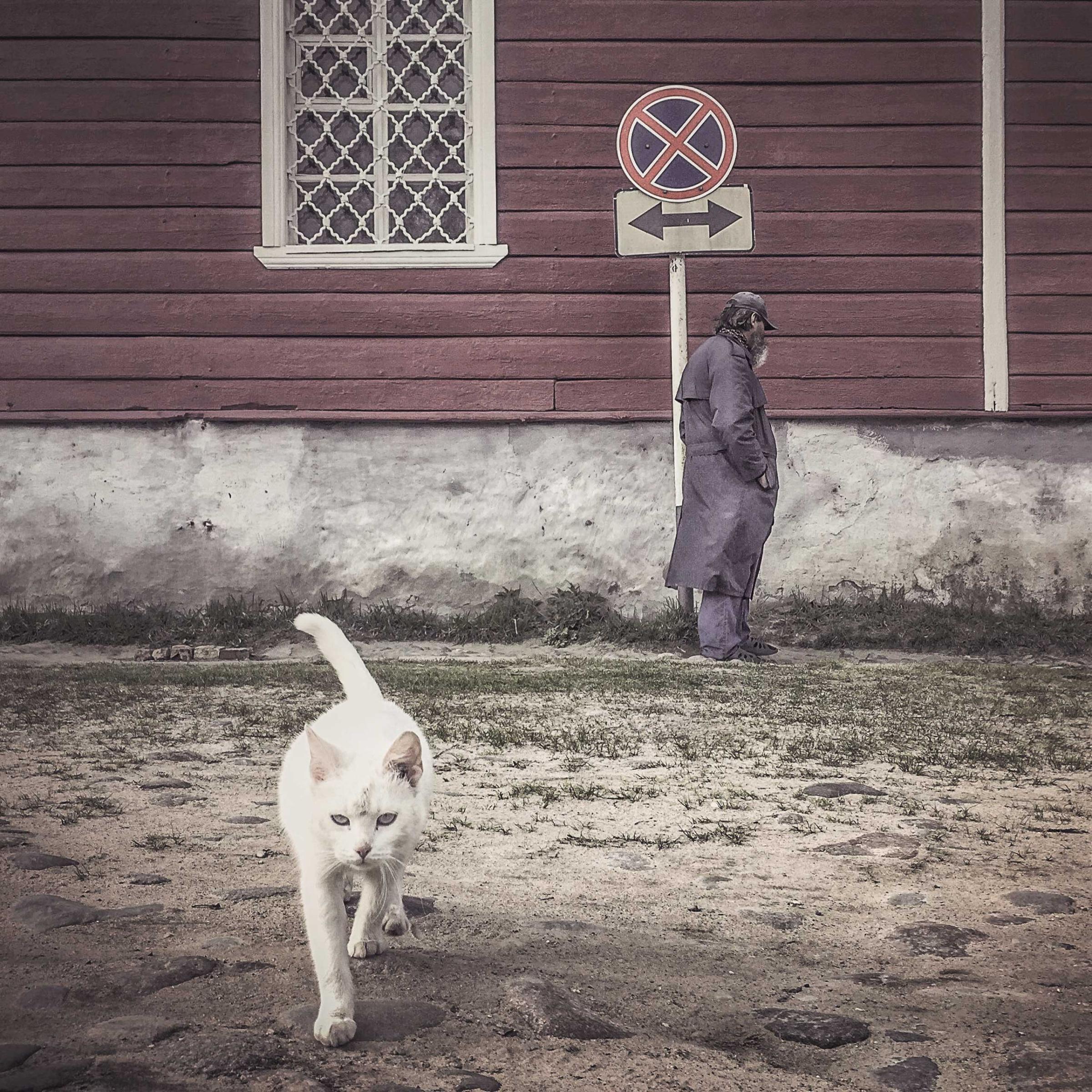
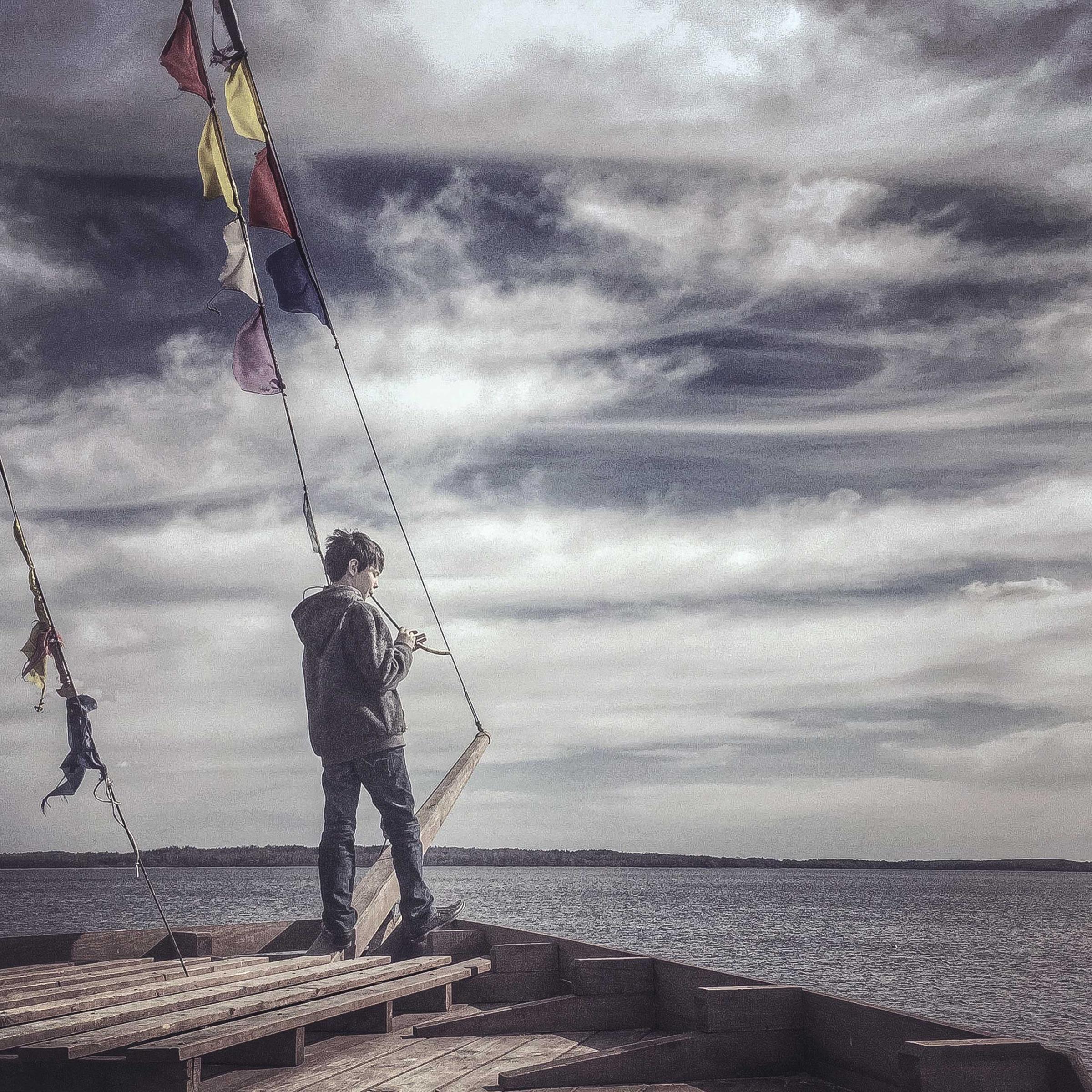


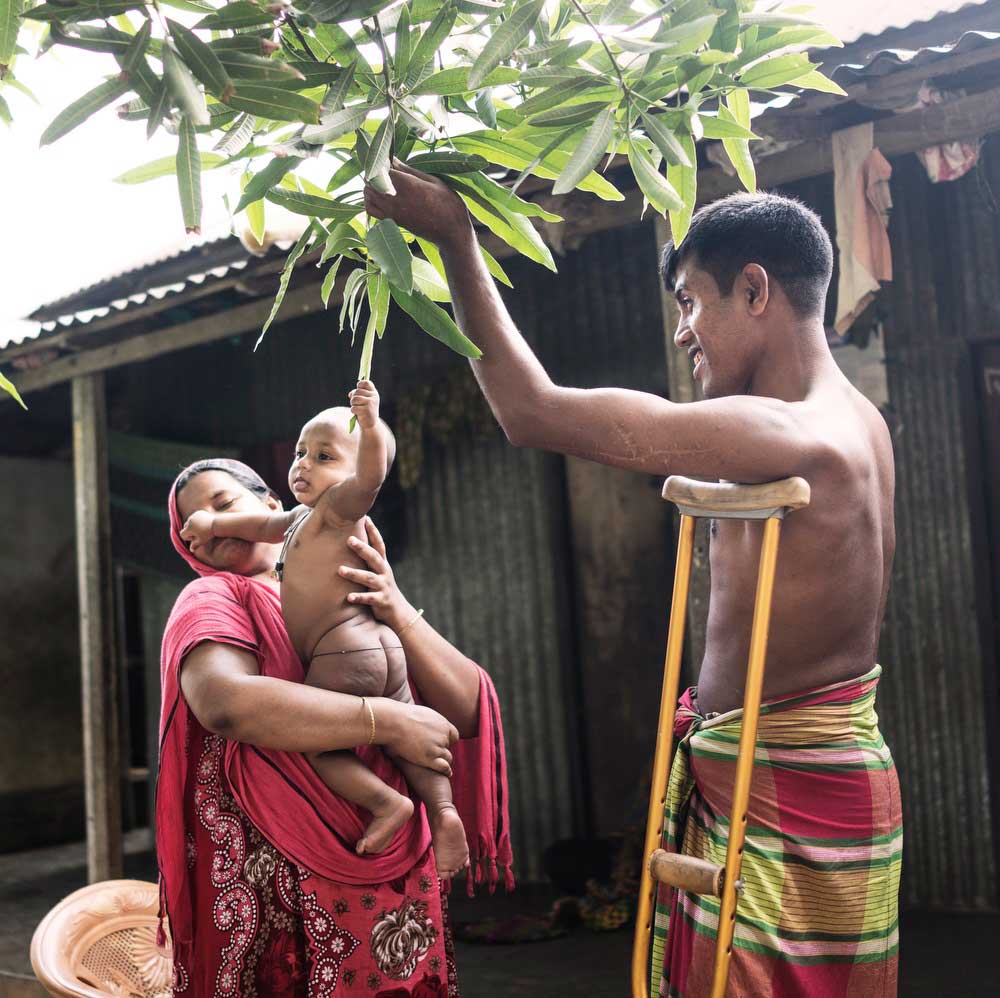
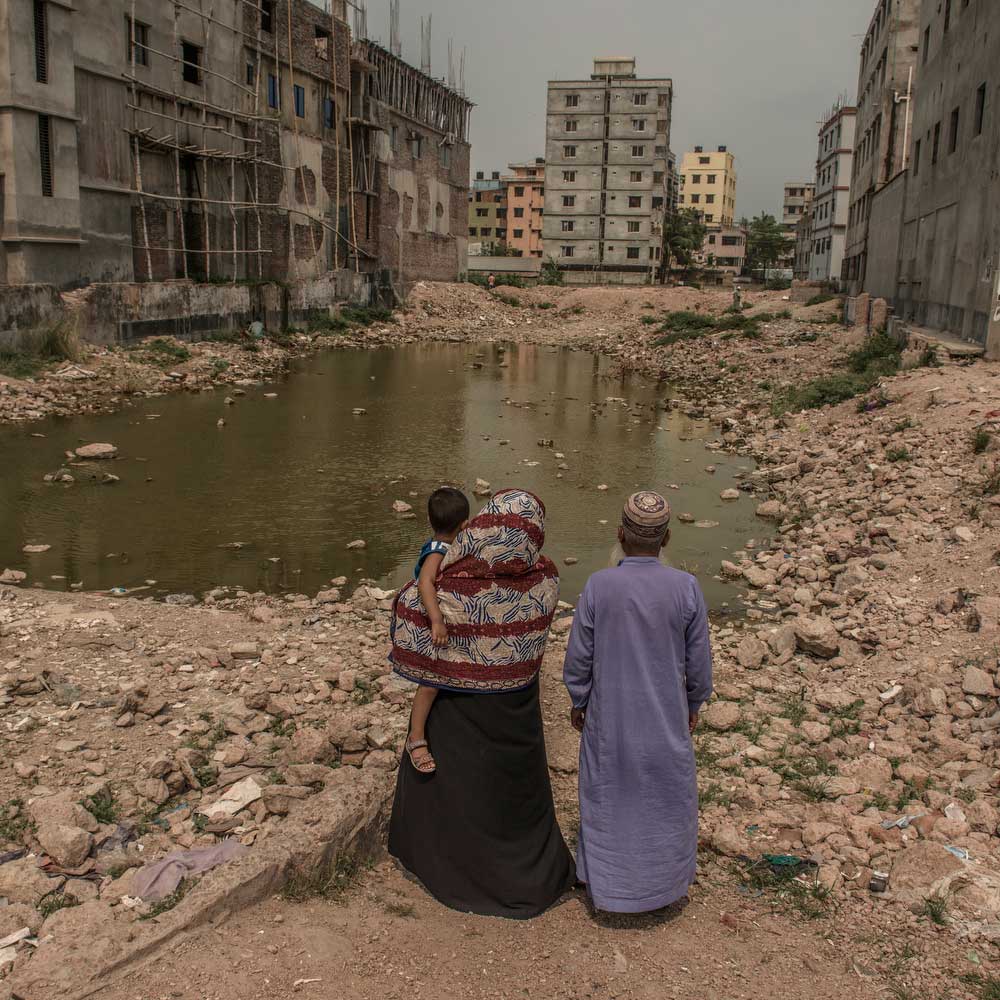
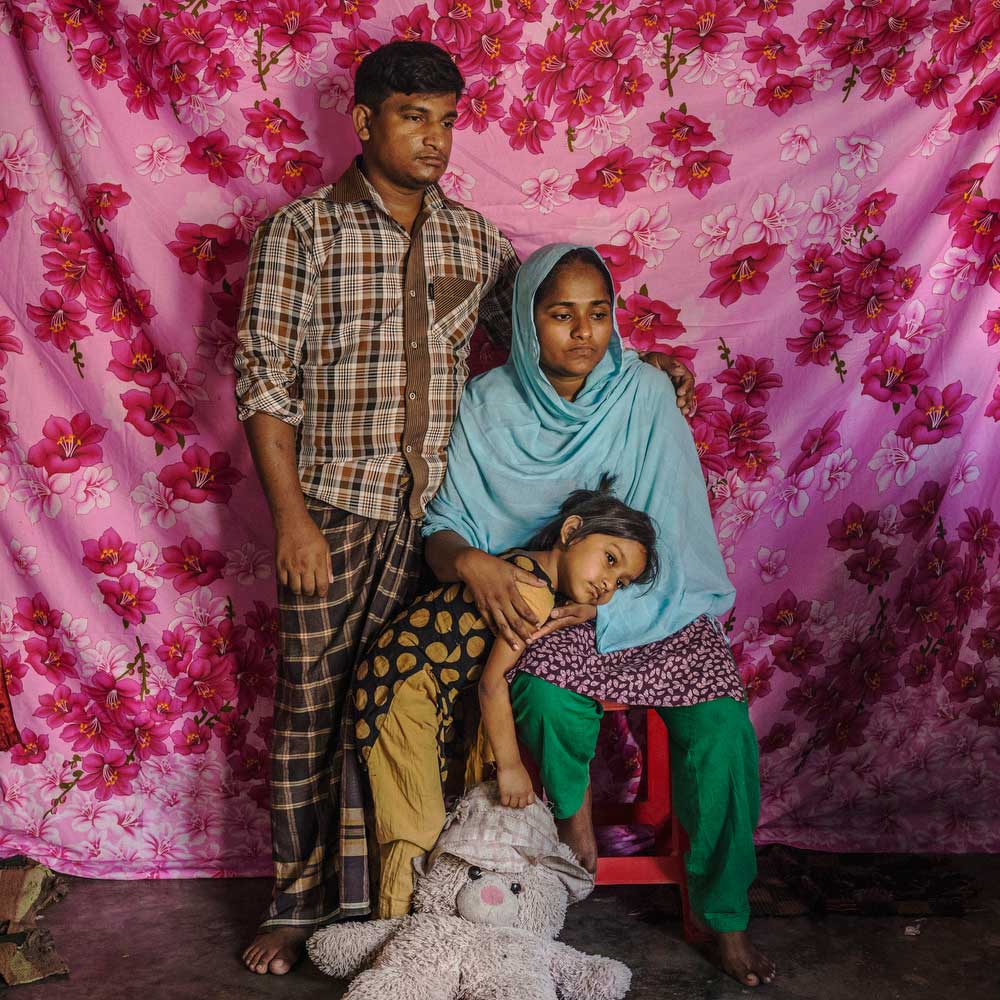
More Must-Reads from TIME
- Cybersecurity Experts Are Sounding the Alarm on DOGE
- Meet the 2025 Women of the Year
- The Harsh Truth About Disability Inclusion
- Why Do More Young Adults Have Cancer?
- Colman Domingo Leads With Radical Love
- How to Get Better at Doing Things Alone
- Michelle Zauner Stares Down the Darkness
Contact us at letters@time.com